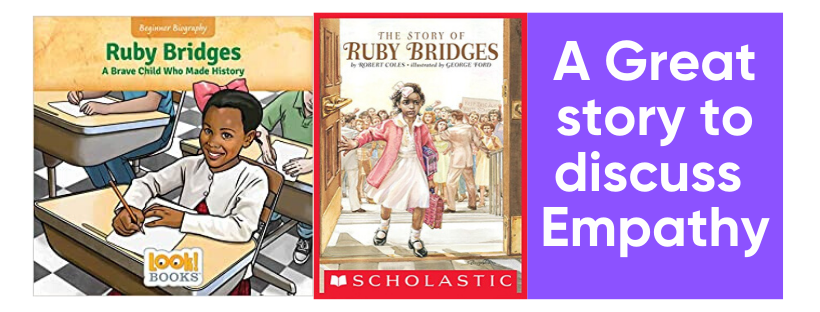The Time I Pretended to Be Homeless to Teach Empathy and Privilege
Jun 28, 2020
We want our kids to have empathy.
We want them to be kind, honest and giving. The thing is, we often neglect to intentionally teach and model these concepts. They are rarely included in school curricula.
And, Yes, we display empathy in our homes. We are kind. We are giving. But, do we highlight when and why to initiate conversations around the importance of having these characteristics as a part of our character?
Do we focus on really driving home that "Having Empathy is something to strive for?"
Studies have shown that in-group biases begin when children are small. This means that children are more inclined to help or feel empathy for those who they feel are family or who look like them. But, what does this teach them about those they deem as "other?"
According to the British Psychological Society, Empathy is found in children as young as 3 years old. In fact, children are naturally taught to use empathy for survival. They cry; you empathize and come to their need. But, this connection does not often cross peer and familial groups without the help of induced empathy.
And this is where you come in.
Induced Empathy happens when you help children to build connections with others who they might not ordinarily relate to or identify with. You can do this by helping them to see themselves in characters in books who may not look like them.
Did you know that 27% of American Children's books use animals for the characters and 50% use white characters? What does that say about the worldview we are creating for them?
Let's get Crafty!
- You can help your child to build cross-cultural or cross-racial friendships. You can do this by initiating pen pal experiences, play dates (even if virtual), enrolling them in programs outside of their community, or enrolling yourself in hobbies that take YOU outside of YOUR community and compel you to build more diverse friendships, as well.

- When you listen to a song or see a movie or commercial that pulls at your heartstrings, explain why to your child.
"When I watch this movie, I imagine how sad I would feel if something like that happened to you? How about you? How would you feel?"
The story, Ruby Bridges, the Black girl who integrated schools and was threatened and yelled at every day when she tried to go to school, is a powerful story that I often bring into conversations with my students. Many children know what it feels like to go to school on the first day. But, I also have them imagine what it would feel like if none of the other students came because they didn't like the way they looked.
The conversations are often very powerful.
Today's Fun work: Bring Empathy into a conversation with your child today. Find a way to use the word and bring it into conversations with your child every day this week. It's a great word for them to know.
In Solidarity,
Gahmya Drummond-Bey
Founder, kidYOUniversity

